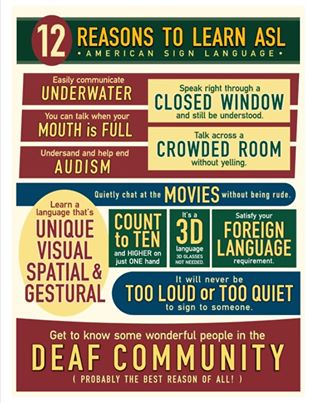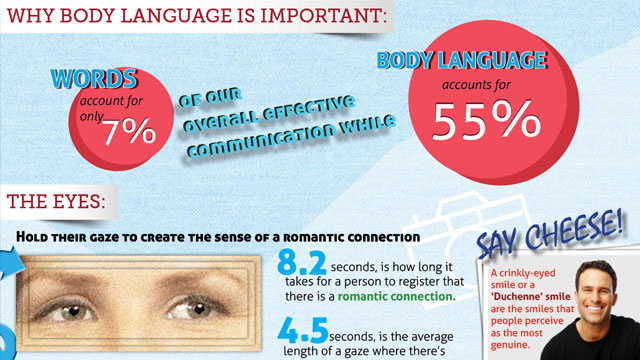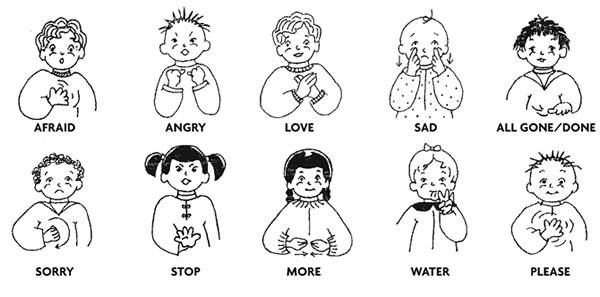5 Ways Sign Language Benefits the Hearing

Image Courtesy of pob.k12.ny.us
Maybe you’ve heard that teaching sign language to babies is a great way to boost their communication skills before they are able to more easily communicate through speech. Now researchers and educators are learning that sign language isn’t only valuable during those first years of life when it comes to communication skills for the hearing population. Acquiring sign language skills has benefits for hearing children and adults as well, and some of those benefits might surprise you.
5 Benefits of Learning Sign Language
1. Improves spelling – Research is showing that children who learn the basic sign language skills (such as American Sign Language – ASL) of signing the alphabet can have improved spelling skills. Signing helps to give kids another tool for remembering spelling words and leaves a larger imprint on the brain. Our muscles have their own mini-memories, so when we add signing a word to orally spelling the word is it easier to remember.
2. Improves classroom behaviors – Some teachers who have incorporated sign language into their hearing classrooms are finding that they have better classroom management. Using signs for things such as toilet and question can reduce interruptions and help keep students on track during lectures.
3. Improves small motor skills – Sign language helps to develop small motor skills because of the dexterity required for communicating with hand gestures. Those who struggle with small muscle strength and coordination can build these skills as well as learn to communicate more efficiently with another language.
4. Builds overall communication skills – When you think of “language” you might just think of your spoken native language, such as English. However, language involves many other aspects including body language, emotional language, and more. An interesting study shows that people who can sign have improved abilities to read general body language – an integral part of communication. Think of the other ways you communicate beyond spoken words, such as sending someone red roses because as a message that says love, because you have learned that different flowers have different emotional messages. Sign language also helps communicate emotions and sometimes allows people who can’t express their emotions in words easily to still give voice to their feelings.
5. Builds a better vocabulary – People have a natural tendency to use their bodies to communicate – such as pointing, shrugging shoulders, or wrinkling the nose. Sign language takes that natural tendency and helps to reinforce vocabulary and the meanings of words. When you can hear the word and see the word spoken it leaves a stronger imprint on the brain. ASL signs are also often closely tied to the actual meaning of the words – they make sense – such as cupping your hand behind the ear to sign “listen”.
The benefits of learning sign language for the hearing population go beyond these 5 reasons. In 1989 the U.S. Supreme Court officially recognized ASL as a true language, and many schools and colleges are allowing credits for this as a study in foreign language. Those with disabilities such as autism can also find it easier to communicate when given the tools of an alternative language such as ASL.
If you’re looking to learn sign language or teach it to your children or in your classroom, there are many tools available. Try some of these apps for baby sign language, or look for video tutorials online that demonstrate each sign. Even just beginning with the basics of signing the alphabet can lead to improved spelling, vocabulary, and overall communication skills for the hearing. Above and beyond all of that, you’ll be able to communicate with the non-hearing community.





